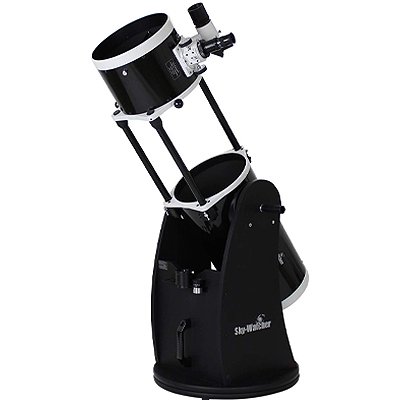
If there is a downside, it’s the fork-arm mount. The NexStar database, accessed by the supplied hand controller, has more than 40,000 different objects for you to hunt down. It’s also excellent for planetary targets – though low in the sky, Jupiter and Saturn appeared sublime, the banding in the Jovian atmosphere evident, and Saturn’s Cassini Division dividing the rings clear to see.Ĭelestron’s SkyAlign three-star alignment procedure (you can also use bright planets or the Moon) results in the target being placed in the centre of view more times than not, and the Go-To tracks smoothly and accurately. The supplied 25x Plössl eyepiece is adequate, but switching to one of our own 16mm eyepieces offering 125x resolved the diamond-esque stars of the Trapezium cluster at the heart of the nebula.
#Best telescope for viewing planets and galaxies Patch
The Orion Nebula, an old favourite for testing new telescopes, showed its familiar nebulous patch clearly. Training it on the trio of open clusters in Auriga - M36, 37 and 38 - we saw crisp, bright resolved stars across about four-fifths of the field of view. Optically, the views are sensational for an eight-inch telescope. The telescope itself has fantastic heritage, Celestron’s original design dating back to the 1970s, so you know you’re getting something that has been tried and tested over five decades, and it really shows. This is what Celestron’s NexStar 8SE is so brilliant at. Sometimes, though, the best deep-sky telescope is one that is adept at other things too, providing you with the versatility to observe more than just deep-sky objects. Some telescopes are designed specifically for the deep sky in mind - giant Dobsonians that drink up faint photons of light from faraway nebulae and galaxies, or astrographs dedicated to high-resolution imaging of faint cosmic fuzzies. With all this in mind, here are five instruments that to greater or lesser degree, fit the criteria for astro-imaging, ranging from beginners to advanced, and from short-exposure ‘snapshots’ to ‘deep’ long exposures. You’ve also got to balance all this with other concerns, such as the mount you have available, and the budget with which you can buy your imaging telescope. And, of course, a slow telescope can handle imaging the brighter deep-sky objects well enough, so you’re not completely limiting yourself to planets if you get an f/10, for example. In this case, telescopes with f-ratios between f/5 and f/10 are jack of all trades, though of course they’ll skew more towards one type of object than the other depending on how fast or slow they are. Maybe you want a telescope that’s adept at imaging both planetary and deep-sky targets.

The less time you are imaging, the less likely that the object will drift off target, or a satellite trail will ruin your exposure, or so on.

Telescopes with low f-ratios, say about f/5 or less, are referred to as fast because they are able to gather light onto the pixels of your camera’s imaging sensor more quickly, producing a brighter image and meaning that fainter objects can be imaged in less time - perfect for those faint nebulae. Use a slow telescope to image a magnitude 12 planetary nebula, and you’ll struggle to collect enough light to pick out any details or produce a bright image. Instruments with high focal ratios, say f/10 or f/11, are referred to as ‘slow’ - they take longer to gather the light, meaning they’re better for imaging brighter objects, such as the Moon and planets, without becoming over-exposed too quickly. If you’re setting out to image the deep sky, then a fast telescope is a must.


 0 kommentar(er)
0 kommentar(er)
